Physics
Sign up for our newsletter
We summarize the week's scientific breakthroughs every Thursday.
-
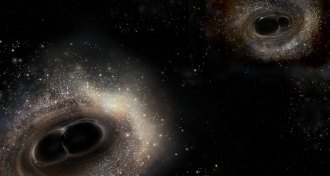 Physics
PhysicsMore events needed to pin down gravitational waves backstory
As more black hole collisions are found, researchers hope to piece together how and where these destructive duos form.
-
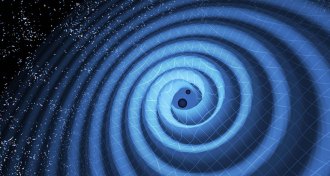 Physics
PhysicsSecond gravitational wave signal detected
LIGO has spotted a second set of ripples in the fabric of spacetime.
-
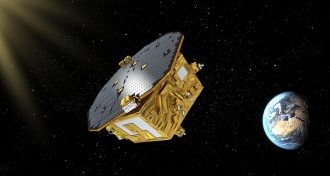 Astronomy
AstronomySpace-based probe passes tests for gravitational wave detection
The LISA Pathfinder mission has demonstrated that future observatories in space could detect gravitational waves.
-
 Astronomy
AstronomySpace-based probe passes tests for gravitational wave detection
The LISA Pathfinder mission has demonstrated that future observatories in space could detect gravitational waves.
-
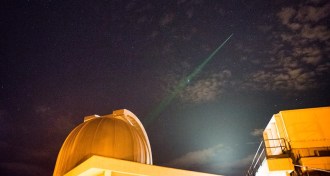 Quantum Physics
Quantum PhysicsQuantum weirdness survives space travel
Quantum weirdness travels from Earth to space and back again.
-
 Materials Science
Materials ScienceButterfly-inspired nanostructures can sort light
Scientists re-created a nanostructure found on butterflies that can separate out circularly polarized light, a characteristic that may be useful for telecommunications.
-
 Quantum Physics
Quantum PhysicsSchrödinger’s cat now dead and alive in two boxes at once
The living-dead feline has been split in two, using a system of microwaves inside superconducting cavities.
-
 Physics
PhysicsThe center of Earth is younger than the outer surface
Einstein’s general theory of relativity predicts the center of the Earth is two years younger than the crust.
-
 Climate
ClimateZapping clouds with lasers could tweak planet’s temperature
Breaking up the ice particles inside cirrus clouds could make them reflect more light, turning them into a tool to combat global warming.
-
 Astronomy
AstronomyStephen Hawking finds the inner genius in ordinary people
Ordinary people wrestle with big questions in science and philosophy in Genius, a new television series hosted by Stephen Hawking.
-
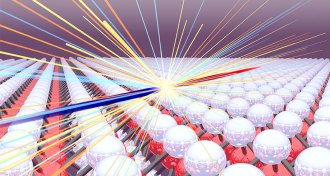 Quantum Physics
Quantum PhysicsPhysicists smash particle imitators
A new quasiparticle collider smashes together the faux-particles that appear in solid materials.
-
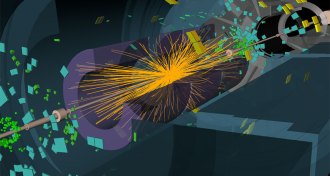 Particle Physics
Particle PhysicsLarge Hadron Collider starts its 2016 physics run
Experiments at the Large Hadron Collider are taking data for the first time in 2016.